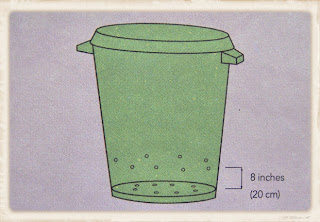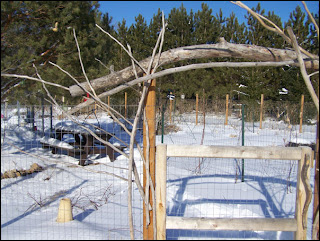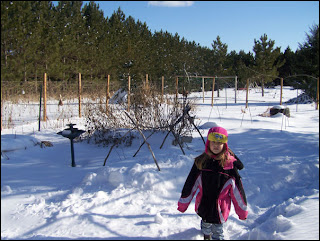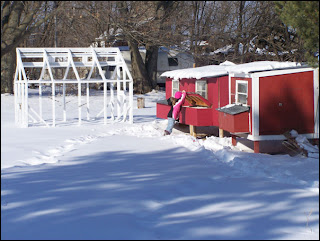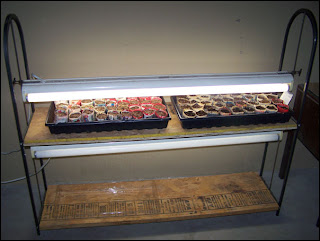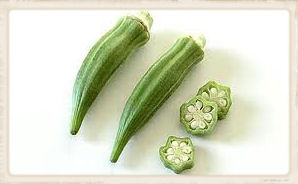So we have touched upon some of the basics of soil, and what types of seeds there are to choose from. Now, once you have decided on what you wish to plant, whether it be heirloom or hybrid vegetables or flowers, the next step is to plant them...correct? Well, wait one minute. Did you know, that some seeds require special attention before they go into the soil? Yep, some do. I learned the hard way, and wasted nearly 5 packs of seeds this way one year when I first started growing. I was young, and thought I knew everything and didn't ask anyone for advice. LOL I should have, would have saved me a hell of a lot of trouble and grief.
I didn't know what the hell I was doing wrong, and chocked it up to bad seeds. But, after much research and advice (when I finally asked) That some of my seeds needed a brief spell in the fridge before i planted them in the soil.....go figure....makes sense.
The seeds I was planting, were perennials, which meant that for my zone anyways, that they needed to be tricked into coming out of their winter sleep. This mimics mother natures cold spell and thaw in the spring. The seed falls to the ground in fall, freezes, then warm weather thaws and warms them, coaxing them to sprout. Well, DUH! Why didn't I think of this......lesson learned.
Not only that, but some seeds need light to germinate, and some complete darkness, some need to be "nicked", meaning there seed coats are to tuff, and need to be nicked a bit in order for the sprout to push thru, (or a good soaking in water to soften the seed coat overnight in warm water) The list goes on and on. So I will give you some info, to better help you with this. Granted I am just giving a handful of samples here, but to give you a general idea.
Most are flowers, but some herbs & a few veggies are in here to.
Seeds that need light to germinate
(meaning either a very thin, thin, layer of soil covering them, or just sprinkled on top of the soil and gently pressed in, usually these are very fine, powdery looking seeds, such as snapdragons and the like.)
ageratum, balloon flower, basket of gold, beefsteak tomatoes, begonia, bell flower, blanket flower, coleus, columbine, coreopsis, creeping zinnia, dill, flowering tobacco, fuchsia, gerbera, impatiens, lettuce, mexican sunflower, ornamental cabbage, ornamental pepper, petunia, poppy, shasta daisy, snap dragons, sweet alyssum, and yarrow.
Seeds that need darkness to germinate
(meaning that these seeds need to be completely covered by soil)
bachelor's button, borage, calendula, coriander, delphinium, fennel, forget me nots, larkspur, nasturium, pansy, phlox, sweet pea, verbena, vinca, and viola.
Seeds that require soaking or nicking
(meaning that the seed coats need to be softened or nicked with a file, prior to planting)
asparagus, canna, hibiscus, lupine, morning glory, okra, parsley, parsnip, and sweet pea.
Seeds that need chilling before sowing
(meaning they need a brief spell in the fridge, usually about 2 - 3 weeks, before sown into the soil)
Angelica, bleeding heart, delphinium, columbine, day lily, tiger lily, gas plant, globe flower, lavender, lobelia, ornamental cabbage, pansy, phlox, primrose, trillium, and viola.
Seeds that need cool temperatures to germinate
(meaning: not the same as above........these seeds when planted IN the soil, like the soil temperatures to be cool, in order to germinate)
baby blue eyes, beard tongue, california poppy, candy tuft, chamomile, coral bells, gas plant, phlox, poppy, rosemary, sweet pea, thyme, wall flower, garden peas, broccoli, cauliflower.
You'll notice that some seeds are repeated in each category, some seeds such as asparagus, need to be chilled for a brief spell in the fridge, then soaked, because their seed coat is tuff. Also delphinium is this way also.
It takes some practice, but once you know what to do with what seeds, you'll be a pro in no time!!!!!
Jo.
























